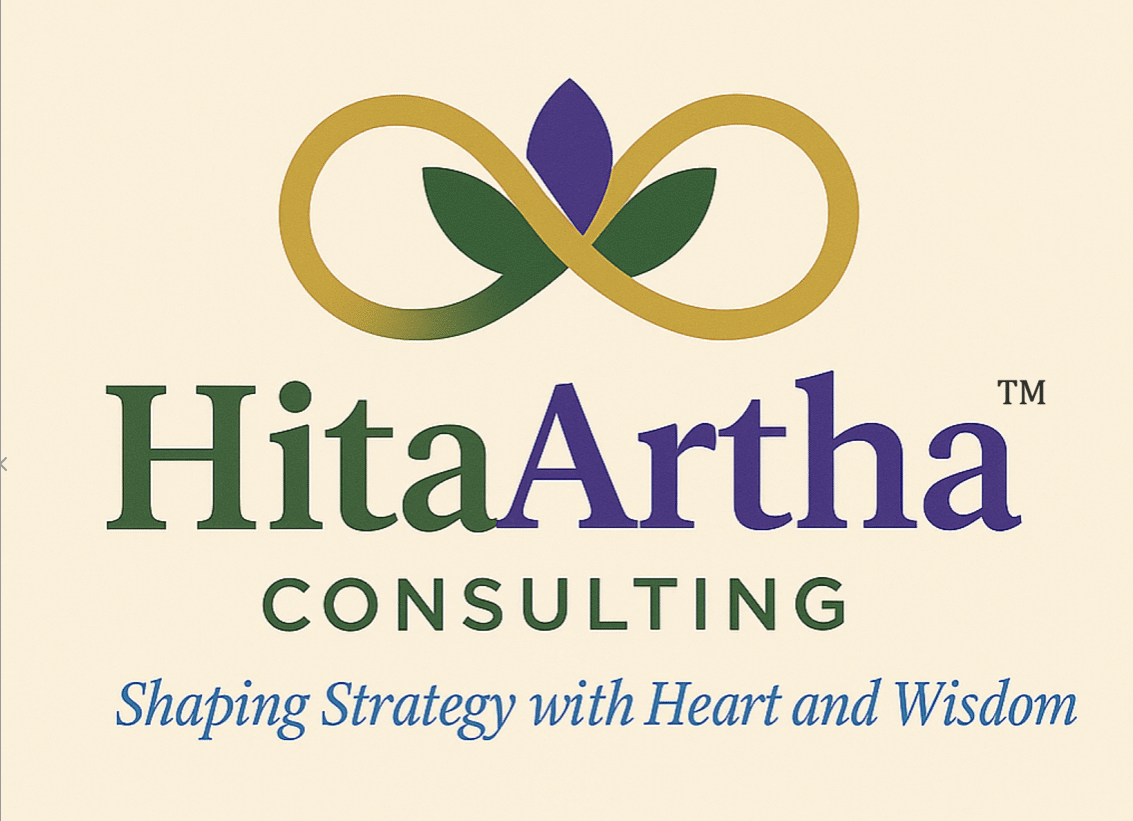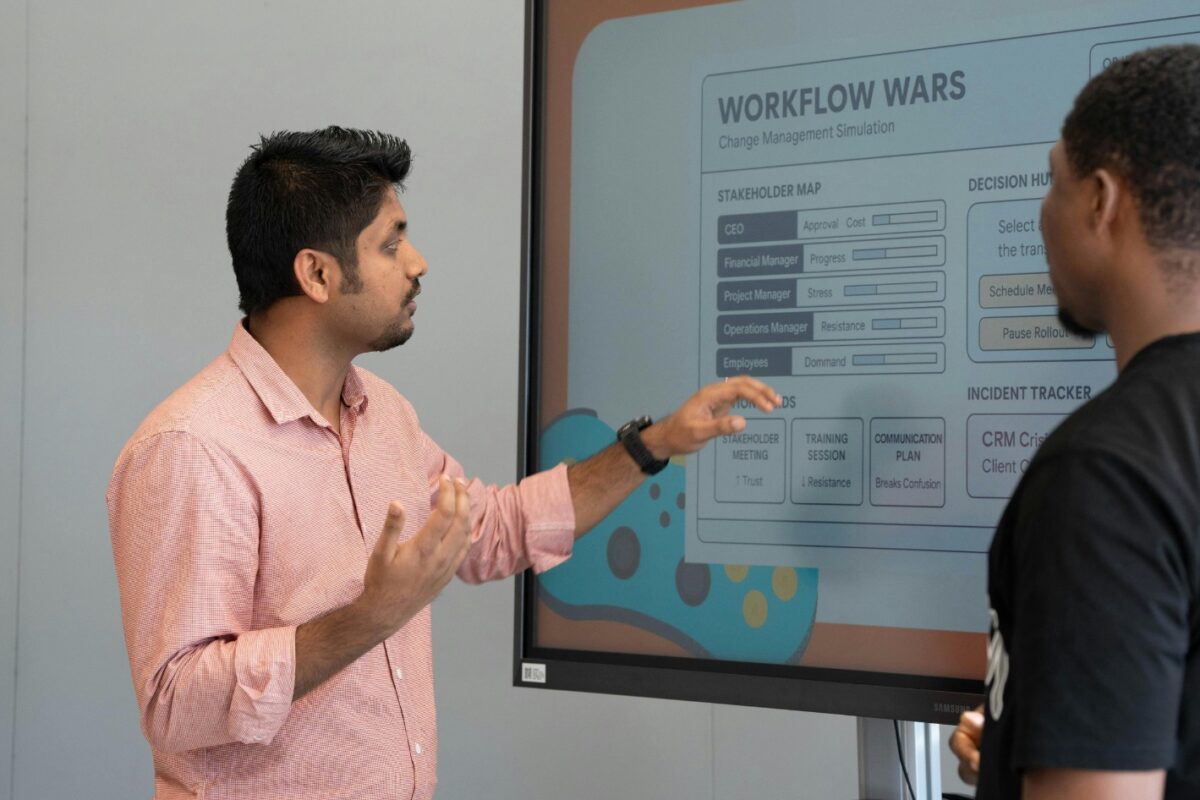Read on LinkedIn
Execution failures are rarely effort issues.
They’re design failures in disguise.
Most teams don’t underperform because they’re unmotivated.
They underperform because they’re moving through:
– Uncodified clarity
– Delayed enablement
– Misaligned consequence models
These aren’t behavioural gaps—they’re structural fractures.
High-trust ecosystems thrive when:
✓ Clarity is embedded as a discipline
✓ Coaching is preloaded—not reactive
✓ Accountability is diagnostic—not punitive
Execution isn’t just about doing more.
It’s about designing environments where doing flows naturally.
That’s the invisible edge high-performing orgs quietly build.
(Originally triggered by a powerful insight from Ram Charan Sir—grateful for the prompt that sparked this lens.)
HR is not a function, It’s a force multiplier
If you’re still treating HR as a cost centre, you’re missing the point — and the upside.
🔹 Talent isn’t just a resource. It’s your strategic advantage.
🔹 Culture isn’t just about feel-good values. It’s your execution engine.
🔹 Leadership development isn’t a “program.” It’s how your org scales wisely.
Why Every CHRO Needs a Job Architecture Blueprint in 2025
🧩 Why Every CHRO Needs a Job Architecture Blueprint in 2025
The most forward-thinking HR leaders aren’t just filling roles. They’re engineering the architecture of agility.
Job Architecture Design – the strategic blueprint that aligns every role with business value.
🔍 Core Components
📌 Job Families & Levels – Clear career tracks, from apprentice to expert
📌 Role Clarity – Purpose-driven job design with measurable outcomes
📌 Compensation Bands – Aligned to role complexity and strategic impact
📌 Workforce Planning – Drives capacity modelling and Org forecasting
📌 Org Agility – Enables reconfiguration at scale during pivots or growth phases
📈 In a world of constant change, rigid org charts won’t cut it.
A scalable, strategic job architecture is your foundation for transformation.
💬 How is your org aligning roles to strategy in 2025?
Team Dynamics
Team Dynamics
Read on LinkedIn
Great teams don’t happen by chance. They are architected.
Top 2% teams operate differently—they master Team Dynamics at four levels:
1. Clarity of Purpose
Every member knows why the team exists, not just what they do. Misalignment here creates silent friction.
2. Psychological Safety
Members feel safe to challenge, dissent, and share half-baked ideas. This is the crucible of innovation—not comfort.
3. Role Interdependence, not Redundancy
Great teams aren’t made of “stars” doing their own thing. They’re systems where strengths compound across roles.
4. Dynamic Leadership
Leadership isn’t static. It shifts based on context—who has the edge in that moment leads. Ego-free, outcome-first.
High-performance teams are less about talent. More about structure, safety, and strategic trust.
If you’re building or fixing a team—start with the dynamics, not the org chart.




